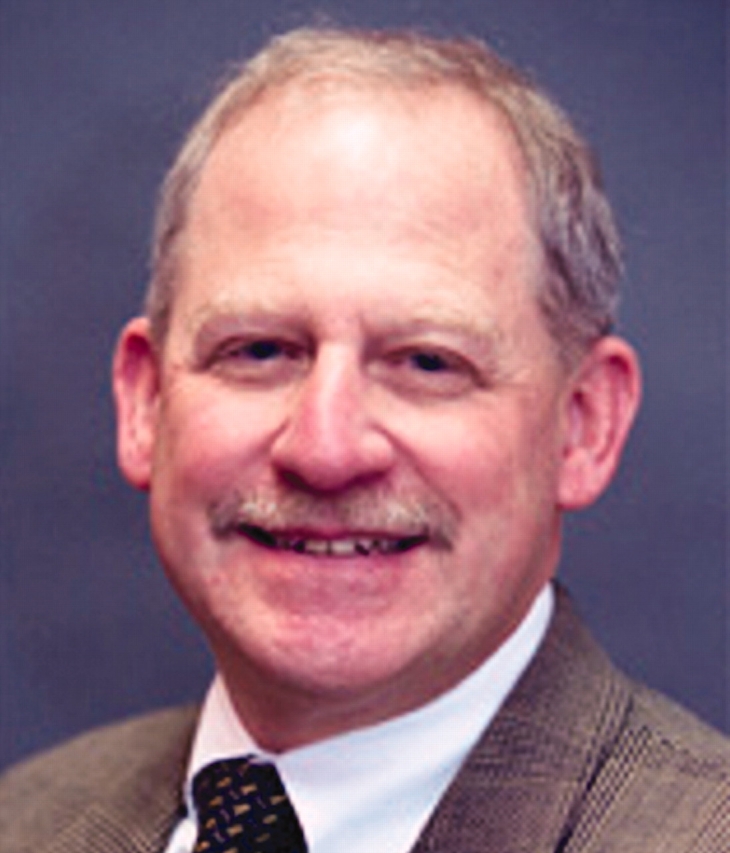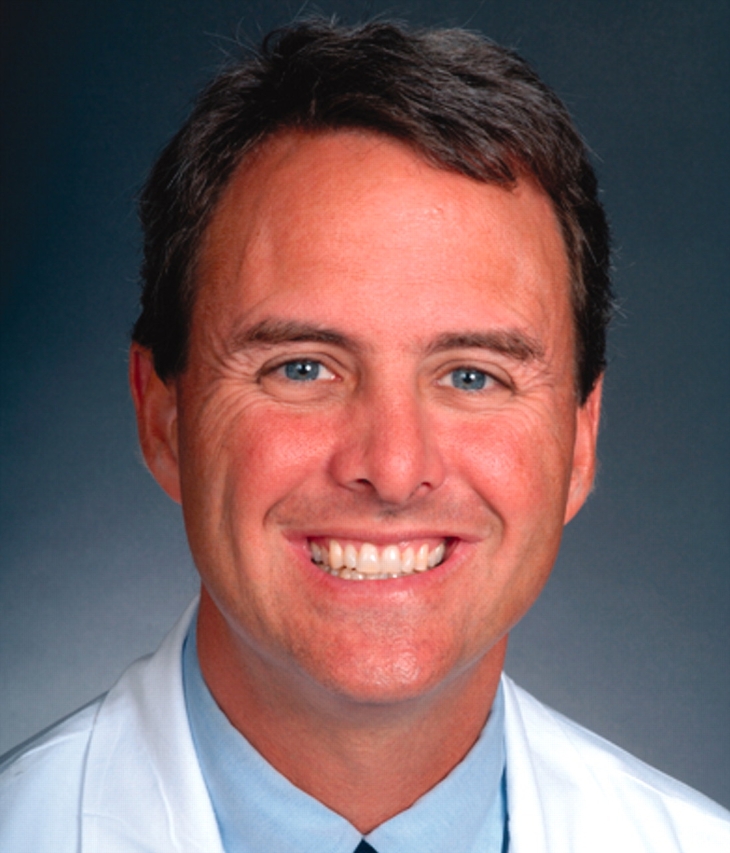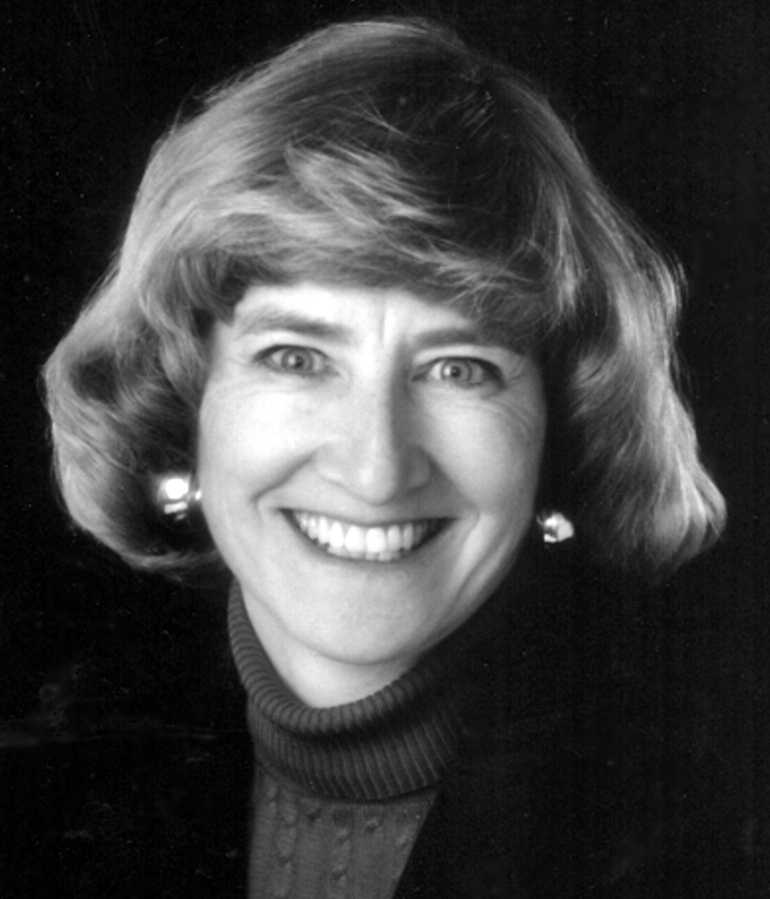Many oncologists are rethinking their traditional practice of caring for both inpatients and seeing patients in a busy office. Medical oncology has long been a predominantly office-based specialty. Relentless increases in the personnel and the overhead expenses of office practice, and recent changes in reimbursement for chemotherapy and its administration, make it imperative for oncologists to maximize their productive office time. This often means less time available for traveling to the hospital and making inpatient rounds.
At the same time, the new hospitalist specialty has emerged. Hospitalist physicians devote their time to managing inpatients, and are often employed by a hospital or a hospital-based practice. They generally don't have ongoing relationships with patients or have oncology training, but are usually quite skilled at managing acute complications that patients with cancer may develop. As a consequence of these two trends, medical oncology practices are developing strategies to maintain quality patient care and financial viability.
New Hampshire Oncology-Hematology (NHOH), with nine physicians and five locations, admits patients to three hospitals and consults at three others. During their primary rounding day, physicians spend 3 to 4 hours in the hospital, with no clinical office responsibility. Denis Hammond, MD, practices at the Hooksett, New Hampshire, office. “If one of my patients is admitted with an unanticipated progression of the cancer, I want to see that patient even if it's not my rounding day,” he says. “Therefore, on any one day, our [hospital rounding] model is a product of volume and acuity.”

Denis Hammond, MD
Oncologists, including some at NHOH, who have admitted to a hospitalist service, report uneven results. “Some problems require an oncological outlook,” Hammond says. “The way we [as oncologists] respond to a medical problem in a person with cancer is different from the way we respond in general.”
To overcome that obstacle and maximize practice efficiency, NHOH is contemplating hiring a physician to assume primary rounding duties. “An internist with special interest and training in oncology would serve us well because cancer patients increasingly are survivors who have a blend of oncology and internal medicine issues,” Hammond explains.
Advantages of this model include undivided attention for inpatients, greater availability to consulting physicians, increased coordination with other hospital services, and improved quality of life for oncologists. Whereas patients who have established an office relationship with an oncologist may object to being seen by an internist in the hospital, this is less likely to occur when a practice's policy is publicized. “From the outset, we tell patients that a team of professionals is responsible for their care,” Hammond says. “Our patients are used to seeing a mix of providers in the hospital.”

Jeffrey Patton, MD
Physicians at or near capacity can free up time for hospital rounds by offloading responsibility to physician extenders for anything the extender can do as well as a physician. “Assigning them to surveillance visits on asymptomatic patients with negative scans frees up physicians for the big decision points, such as diagnosing cancer, deciding on treatment regimens, and managing end of life issues,” says Jeffrey Patton, MD, medical director at Tennessee Oncology (TO), with 38 physicians and 23 sites of care delivery.
Patton himself spends 5 to 10 hours each week making inpatient rounds, before and after office hours. If one of his inpatients has an emergent event during the middle of office hours, a physician extender provides coverage in the office, while Patton manages the needs of the inpatient.
Because “scope of practice” laws, which govern what services extenders can legally perform, vary by state, so, too, does the extent to which they are incorporated into the office and hospital practice. Some TO physicians also use physician extenders in the hospital, where, by state law, every patient must have meaningful daily input from an attending physician. Whereas physician extenders cannot replace attending physicians, or admit or discharge patients independently, they can review information, make medical record entries and keep these records up to date (ie, charting), and write orders. If 10 minutes of education is needed prior to hospital discharge, the physician can do 2 or 3 minutes, and the extender can do the rest.
Because of its patient volume, TO is able to dedicate two (soon to be three) physicians to a leukemia and bone marrow transplantation service. Practices lacking this option may find it expedient to direct appropriate patients to quality referral centers, and admit certain patients to oncology hospitalist services where available. “If you are comfortable with the hospitalist service, consider using it,” Patton says. “However, patients may not accept the idea of having to go to a centralized hospital.”
Similarly, some oncologists may not accept the idea that they needn't handle every aspect of patient care. “Compulsion in a physician is not always a desirable trait,” Patton says.
The partners at New Mexico Oncology Hematology Consultants (NMOHC) maintain that it is easier for them to do something themselves than to explain it to another physician or physician extender. That is why, with the exception of night and weekend calls, the nine medical oncologists prefer to follow-up with their own hospital inpatients. “I am there for my patients just as I would want my doctor to be there for me if I were a cancer patient,” says Barbara McAneny, MD, NMOHC Chief Executive Officer.
Barbara McAneny, MD
So far, the partners have decided against implementing any rounding model that involves rotating duties. Instead, each physician conducts rounds in the morning and sees emergency admissions after office hours. If another physician, including a hospitalist, admits one of their patients for a non–cancer-related condition, the doctor always visits that patient and consults as requested.
Practices with oncologists who “do it all themselves” may jeopardize both job satisfaction and the ability to remain financially viable. For example, NMOHC offers advanced imaging services. If NMOHC realizes an anticipated increase in volume at its more outlying hospitals, it may become necessary to assign those patients to the on-call physician. Patients wishing to be seen by their own doctors would need to go to a more centrally located facility. “Periodically we discuss that some day we may need to adopt the model of assigning a single doctor to one hospital,” McAneny says. “But we're not there yet.”
These practices—one that may hire a dedicated hospitalist, one that relies heavily on physician extenders, and one at which additional revenue sources offset a self-described inefficient rounding model—illustrate some ways oncologists make time for hospital rounds despite the pressure to maintain fiscal soundness by optimizing office hours.



